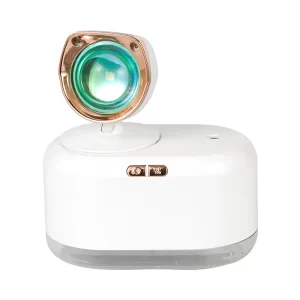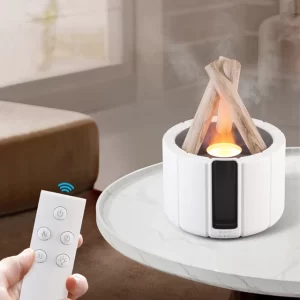Combatting Pink Mold in Your Humidifier
Introduction
Discovering pink mold in your humidifier can be frustrating and concerning. Pink mold, a common type of bacteria known as Serratia marcescens, can thrive in moist environments and cause discoloration, odor, and potential health risks. Proper cleaning and maintenance are crucial to combat this issue and ensure a clean and healthy environment. In this comprehensive guide, we will explore different strategies to effectively eliminate pink mold in your humidifier. From disinfecting the components to implementing preventative measures, we will provide specific steps to help you address this problem and maintain a hygienic humidifier.
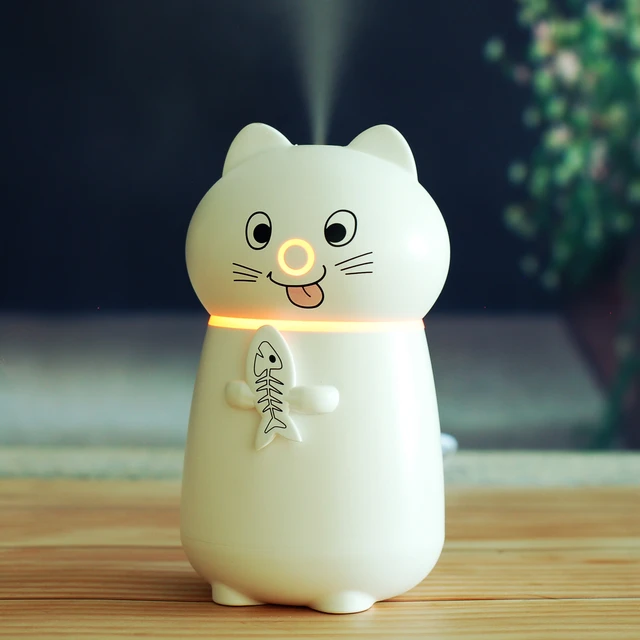
Combatting Pink Mold in Your Humidifier
I. Identifying Pink Mold
-
Recognizing Pink Mold:
- Pink mold is a bacteria that typically appears as pink or reddish patches. It thrives in damp environments, making humidifiers an ideal breeding ground. Identifying pink mold in your humidifier is the first step in effectively combatting it.
-
Potential Health Risks:
- Pink mold can cause respiratory issues, allergies, and other health concerns. Promptly addressing the issue is important to maintain a healthy indoor environment.
II. Disassembling for Cleaning
-
Unplug the Humidifier:
- Before cleaning, always unplug the humidifier from the power source to ensure safety.
-
Remove Water Tank and Components:
- Disassemble the humidifier by removing the water tank, mist nozzle, and any other removable parts. Consult the user manual or refer to online resources for specific disassembly instructions based on your humidifier model.
-
Empty and Rinse the Water Tank:
- Completely empty the water tank and rinse it with clean water to remove any residual water or debris. Use a soft brush or cloth to scrub the tank gently, focusing on areas with visible mold or discoloration.
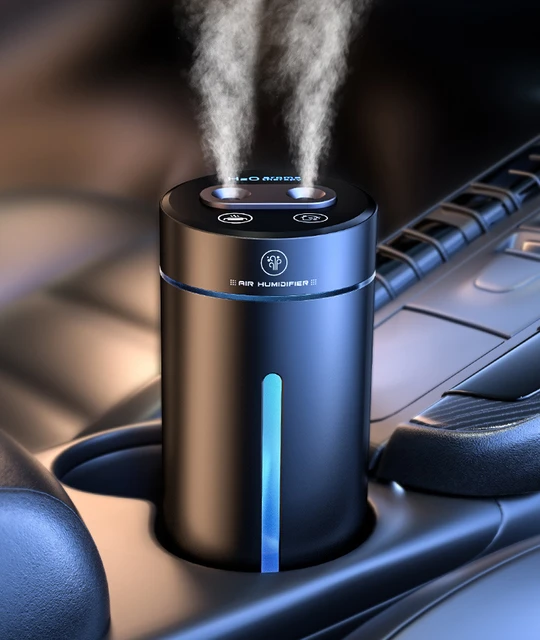
III. Cleaning Solutions for Pink Mold
-
Vinegar Solution:
- Vinegar is an effective and natural cleaning agent that can help combat pink mold. Fill a container with equal parts white vinegar and water. Submerge the removable parts of the humidifier, such as the water tank and mist nozzle, in the vinegar solution. Allow them to soak for a minimum of 30 minutes to overnight, depending on the severity of the mold growth.
-
Bleach Solution:
- For more severe cases of pink mold, a bleach solution can be used for disinfection. Combine one teaspoon of bleach with one gallon of water. Submerge the parts in the solution for approximately 15 minutes. Rinse the components thoroughly with clean water to remove any bleach residue.
IV. Scrubbing and Rinsing
-
Scrub Mold-Affected Areas:
- Use a soft brush or cloth to scrub the areas affected by pink mold. Pay particular attention to corners, crevices, and hard-to-reach areas where mold may be present. If necessary, use an old toothbrush to reach tight spaces. Ensure that you are wearing gloves to protect your hands during the cleaning process.
-
Rinse Thoroughly:
- After scrubbing, rinse the components with clean water to remove any remaining cleaning solution or mold residue. Ensure all traces of vinegar or bleach are thoroughly rinsed off to prevent damage to the humidifier and potential respiratory irritation.
V. Drying and Reassembling
-
Air Dry Completely:
- Allow the disassembled components to air dry completely before reassembling the humidifier. Placing the parts in direct sunlight or using a fan can expedite the drying process, but avoid using heat sources as they can warp or damage the components.
-
Reassemble and Refill the Humidifier:
- Once the components are completely dry, reassemble the humidifier, taking care to properly align and secure each part. Fill the water tank with clean, distilled water, up to the recommended fill line indicated on the tank or as specified in the user manual. Ensure that all connections are tight and secure.
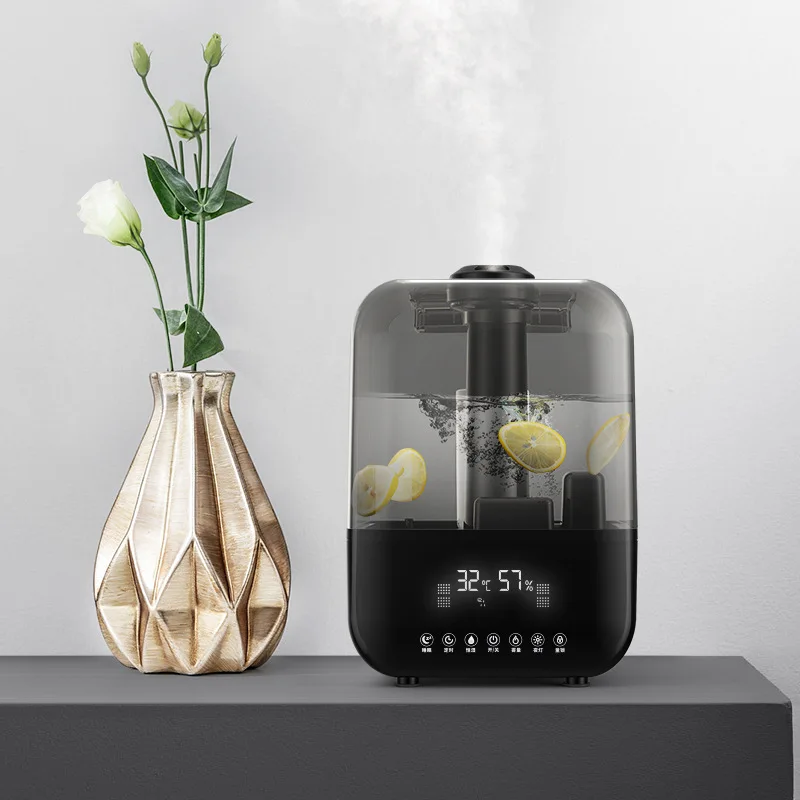
VI. Prevention Measures
-
Regular Cleaning Routine:
- Implementing a regular cleaning routine is essential to prevent pink mold growth in your humidifier. Disassemble and clean the components at least once a week or as advised by the manufacturer.
-
Use Distilled or Filtered Water:
- Pink mold, often associated with mineral buildup, can thrive in tap water. Using distilled or filtered water in your humidifier can help minimize mineral deposits and prevent pink mold growth.
-
Empty and Dry the Water Tank:
- After each use, empty the water tank completely and allow it to air dry before storing. A damp environment within the water tank can lead to mold growth.
-
Avoid Moisture Buildup in the Room:
- Properly ventilate the room where the humidifier is used to prevent excessive moisture buildup. Open windows or use a dehumidifier, if necessary, to maintain balanced humidity levels.
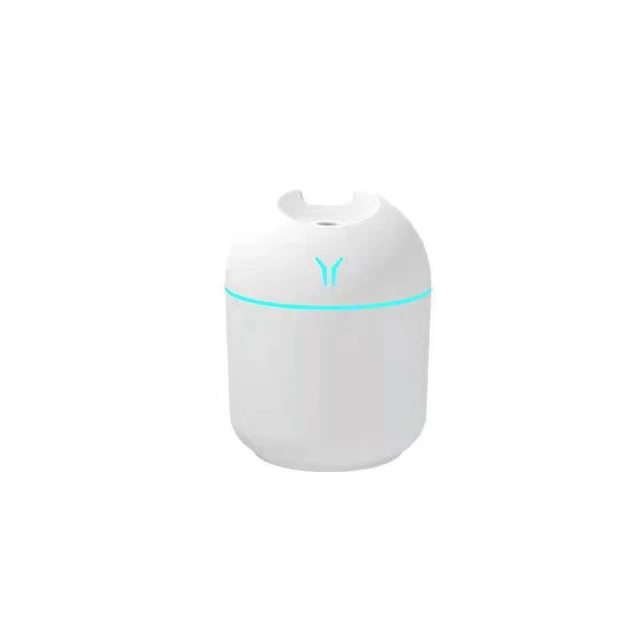
VII. Additional Tips and Considerations
-
Replace Filters:
- If your humidifier is equipped with filters, check the manufacturer’s recommendations on their replacement intervals. Regularly replacing filters is essential for maintaining a clean and mold-free environment in your humidifier.
-
Regularly Monitor and Inspect:
- Keep a close eye on your humidifier for any signs of mold growth or unusual odors. Regularly inspect the water tank, mist nozzle, and other components to detect any early signs of mold and address them promptly.
-
Use Antimicrobial Products:
- Consider using antimicrobial additives or tablets that are specifically designed for humidifiers. These products can help inhibit the growth of mold, bacteria, and other microorganisms, providing an extra layer of protection against pink mold.
-
Avoid Over-Humidification:
- Over-humidification can create an environment conducive to mold growth. Follow the recommended humidity levels provided by the manufacturer and avoid excessive moisture in the air.
-
Clean Exterior Surfaces:
- In addition to cleaning the internal components, regularly wipe down the exterior surfaces of your humidifier with a soft cloth dampened with water and mild soap. This helps remove any accumulated dust or dirt that may contribute to mold growth.
-
Consult the Manufacturer:
- If you have specific concerns about cleaning or maintaining your particular model of humidifier, consult the manufacturer’s instructions or contact their customer support for guidance.
IX. Health and Safety Considerations
-
Protective Measures:
- When cleaning your humidifier, always wear gloves to protect your hands from any cleaning solutions, mold residue, or potential allergens. Additionally, work in a well-ventilated area to minimize exposure to cleaning fumes.
-
Allergy Considerations:
- If you or any household members have known allergies or sensitivities to mold, consider using alternative moisture sources or consulting with a healthcare professional to determine the best course of action.
-
Regular Health Maintenance:
- Regularly clean and maintain your humidifier not only to prevent mold growth but also to ensure the well-being of your respiratory system. Routine cleaning and maintenance contribute to clean air quality and reduce the risk of respiratory issues caused by mold exposure.
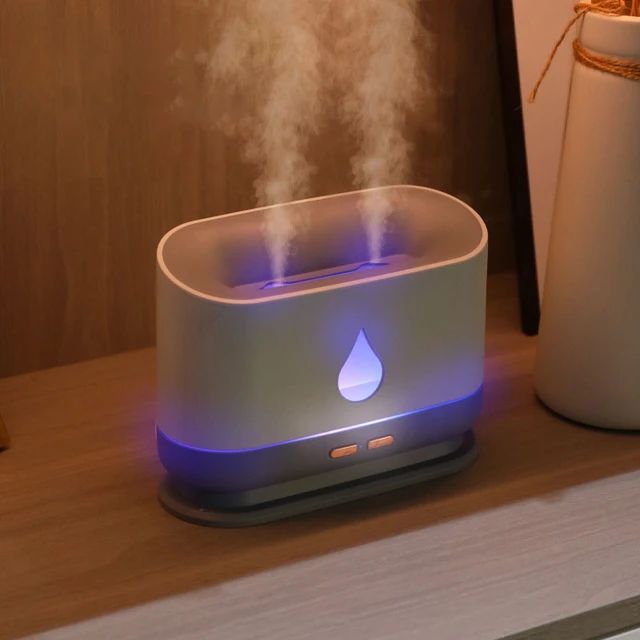
X. Conclusion: A Mold-Free and Healthy Humidifier
The presence of pink mold in your humidifier can be concerning, but by following the specific steps for cleaning, regular maintenance, preventative measures, and health considerations outlined in this guide, you can effectively combat pink mold growth and maintain a mold-free and healthy humidifier environment.
Remember to prioritize safety, wear protective gloves, and consult the manufacturer’s instructions for your specific humidifier model. By taking proactive steps and implementing preventative measures, you can ensure that your humidifier provides clean, comfortable air without the worry of pink mold growth.
